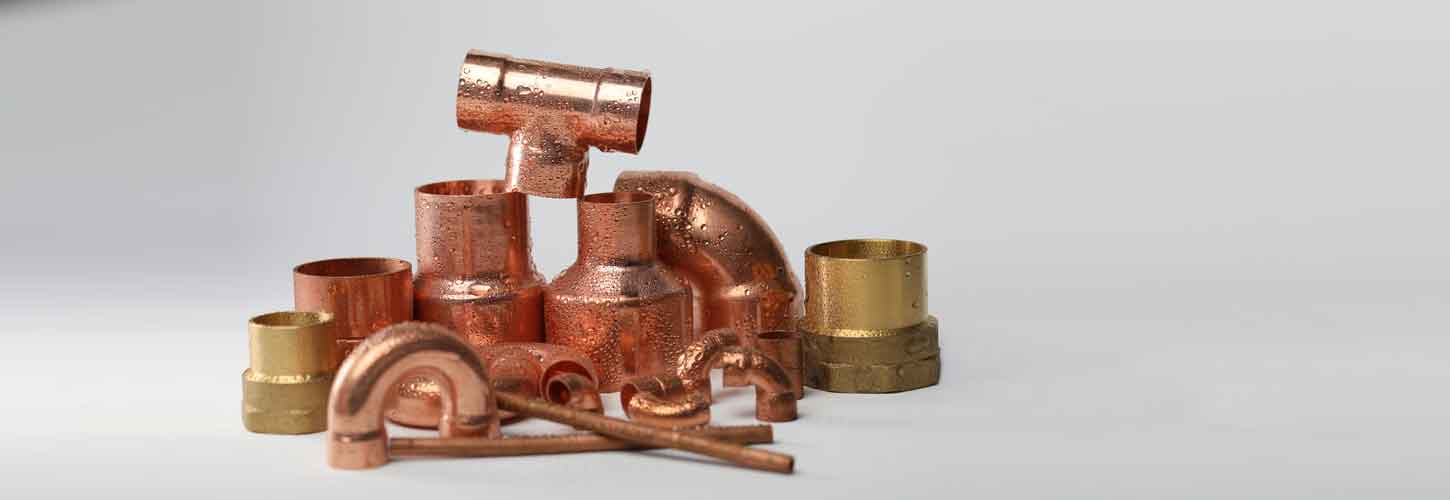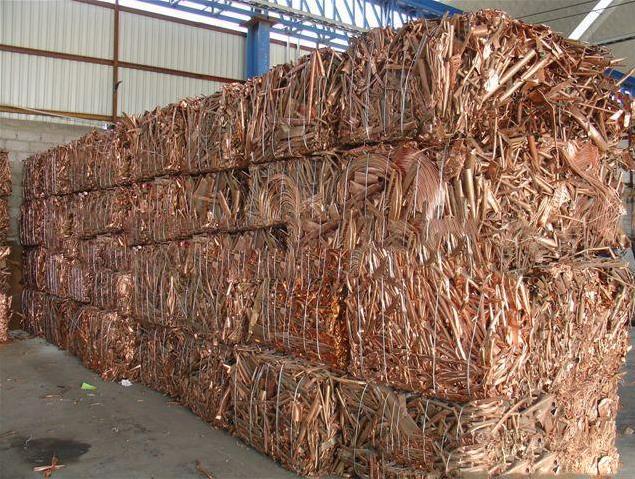Where does the copper used in our society come from?

Due to geological conditions, emerging technologies and industry innovations, copper will continue to contribute to the sustainable development of society. As the global copper consumption continues to grow, to meet this demand, more copper mining and recycling resources will be required.

The history of copper
Copper is a chemical element, its symbol is Cu, and its atomic number is 29. It is a soft, malleable and ductile metal with high thermal and electrical conductivity. The surface of the newly exposed pure copper is pink-orange.
Copper is a conductor of heat and electricity and can be used as a building material. It is also a component of various metal alloys, copper used to make marine hardware and coins, and Constantin used in strain gauges and thermocouples for temperature measurement.
Copper is one of the few metals that can be used directly in the form of metals in nature. This has led to the early use of copper products in human society in some areas.
Around 8000 BC, copper was the first metal smelted from sulfide ore. In 5000 BC, mankind used copper to cast the first metal mold. In 4000 BC, humans began to make bronze by alloying with metal tin. In the Roman era in 3500 BC, copper was mainly mined in Cyprus.
Copper salt, as a common compound, often imparts blue or green color to minerals such as azurite, malachite, and turquoise, and is widely used as a pigment.
Copper used in buildings, usually used in roofs, forms a green purple-red color after oxidation. Copper is sometimes used in decorative arts, including its elemental metal forms and compounds as pigments. Copper compounds are used as antibacterial agents, fungicides and wood preservatives.
Copper is an essential trace element for all living things because it is a key component of the respiratory enzyme complex cytochrome c oxidase. In molluscs and crustaceans, copper is a component of the blood pigment hemocyanin, which is replaced by iron-complexed hemoglobin in fish and other vertebrates. In humans, copper is mainly found in the liver, muscles and bones. An adult’s body contains 1.4 to 2.1 mg of copper per kilogram of body weight.
Copper, silver and gold are in the 11th group of the periodic table; these three metals have an s-orbital electron on the filled d-electron shell, which has high ductility, electrical conductivity and thermal conductivity.
The softness of copper partly explains its high electrical conductivity and high thermal conductivity, ranking second among pure metals at room temperature. This is because the electron transfer resistivity of metals at room temperature mainly comes from the scattering of electrons on the thermal vibration of the crystal lattice. The maximum allowable current density of copper in open air is about 3.1×106 A/m2 in cross-sectional area, and overheating begins when this cross-sectional area is exceeded.
Among soft metals, the maximum allowable current density of copper is approximately 3.1×106 A/m2. Copper is one of several metal elements with natural colors other than gray or silver. Pure copper is orange-red and will turn red when exposed to the air. The characteristic color of copper comes from the electronic transition between the filled 3d atomic shell and the half-empty 4s atomic shell-the energy difference between these shells corresponds to orange light. Like other metals, if copper comes into contact with another metal, galvanic corrosion will occur.
Copper reserves and resources
The future availability of minerals is based on the concept of reserves and resources. Reserves are deposits that have been discovered, evaluated and evaluated as profitable. The resources are much larger, including reserves, proven and potentially profitable deposits, and undiscovered deposits predicted based on preliminary geological surveys. Copper naturally exists in the earth's crust.
Global copper reserves are estimated at 870 million tons (United States Geological Survey [USGS], 2020), and annual copper demand is 28 million tons. These copper resources are estimated to exceed 5 billion tons (US Geological Survey, 2014 and 2017).

According to USGS data, since 1950, on average, copper reserves have been 40 years on average, and the remaining resources are more than 200 years, including reserves, discovered potentially profitable deposits and undiscovered deposits predicted based on preliminary geological surveys.

Innovations in copper recycling and mining
The recycling of copper plays an important role in the supply of copper, because today's main copper is tomorrow's recycled material. The recovery and recycling of copper can also help meet growing demand and build a sustainable future for future generations.
In the past ten years, more than 30% of the annual copper consumption came from recyclable resources. Future innovation policies and technologies should continue to improve resource efficiency for mining “primary” copper and recycling “secondary” copper.
There are two main types of scrap copper supply. One is new copper scrap, which is mainly used to produce scrap and scrap in the copper production process. Usually, the metallurgical plant will handle it on its own, and the copper producer will return directly to the furnace to produce copper.
Another type of copper scrap supply is scrap copper, which is mainly copper resources, which are discarded after use. They are usually recovered and concentrated by recyclers and sold to copper producers. Recyclers usually remove copper scrap from old buildings and vehicles. Both exposed and wrapped copper resources can be recycled.
Usually, one-third of the copper scrap is formed in the form of fine copper, and two-thirds are reused in the form of copper alloys. The scrap copper recycling process is simple, the equipment is simple, the recycling rate is high, energy saving, and low cost. The utilization rate of scrap copper reflects the level of copper production in a country. The utilization rate of copper scrap in my country is still not high, which has greatly reduced economic benefits and is still lagging behind in terms of energy conservation and environmental protection.
The supply of copper scrap in China has decreased significantly, which is also due to the gradual increase in the utilization rate of copper scrap in China. The use of copper scrap in smelters also eased the pressure on copper mine supply. Although China's scrap copper imports have declined, it still relies on large amounts of imports, mainly from the United States, Germany, Japan and Russia. This is mainly due to the strict classification of scrap copper and high quality in other countries, which is favored by domestic enterprises.
China still has a certain gap with developed countries in the supply of scrap copper. Mainly the classification standards and quality gaps of copper scrap. With the acceleration of China's industrialization process, the scrap copper recycling, trading and recycling industries will definitely change.
Winland Metal is committed to supplying customers with high-quality copper pipes and copper pipe fittings . These products are mainly used in water pipes, air conditioning and refrigeration, medical treatment, electronic equipment, machinery, construction and many other fields.
